This migration, combined with a rest period for the northern pastures, created a mutually beneficial cycle that allowed the soil to support more plants and resources for summer grazing. As a result, the animals were able to put on weight and require fewer calories during the winter.
One of the primary ways ranchers prepare their herds for winter is by checking their backs for snow retention after the first snowfall of the season. Good, fat cows will carry snow on their backs for most of the day following a light dusting, thanks to the insulative properties of their back fat. This helps us determine if our cows are ready for the winter season. If not, we usually sell them off before the harsher winter weather arrives and their condition deteriorates.
Despite the benefits that nature demonstrates, ranchers often deride these practices as "too much work." It is important to recognize that what is declared normal and beneficial by nature should be a guiding principle for ranching practices. By implementing these techniques, we can not only improve the health of our cattle and the land, but also promote more sustainable and profitable operations in the long run.
That being said, we must be careful not to become so complacent that we damage the soil and overuse or misuse resources, leading to unforeseen consequences. By practicing responsible agriculture and sustainability, we can ensure that our land and resources remain healthy and productive for generations to come. So while we should strive for efficiency and optimization, we must also remember to work in harmony with the environment, rather than at its expense.
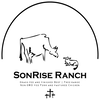
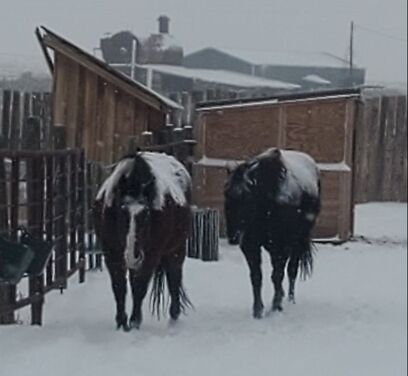
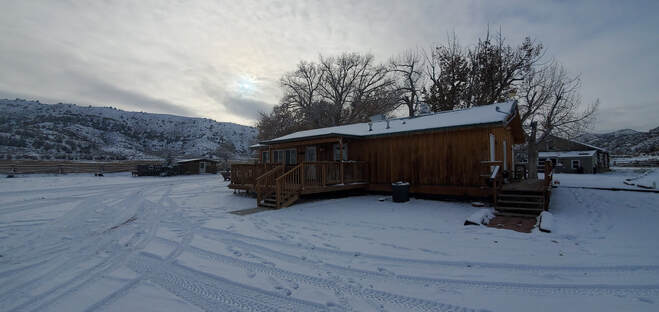
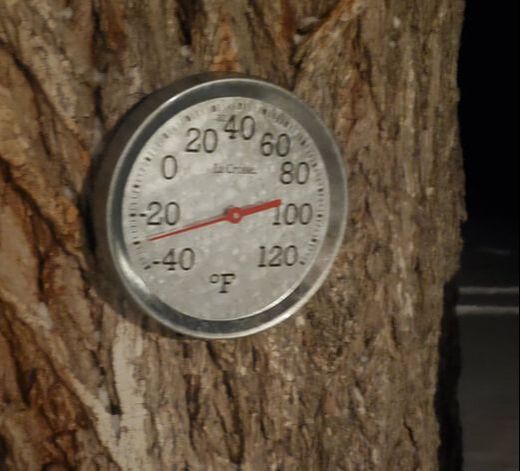
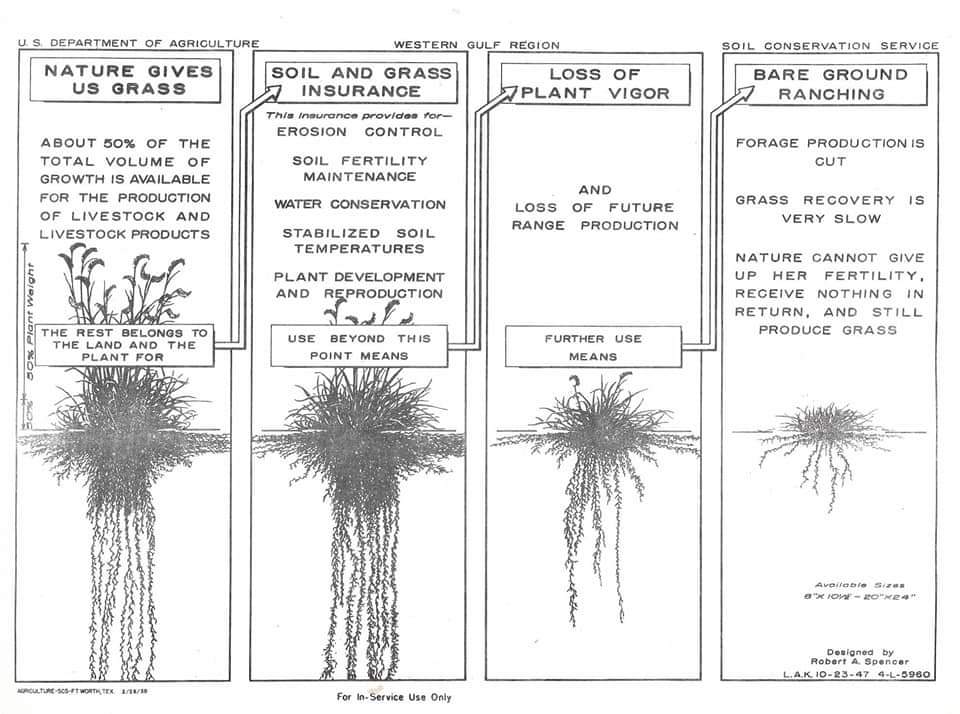


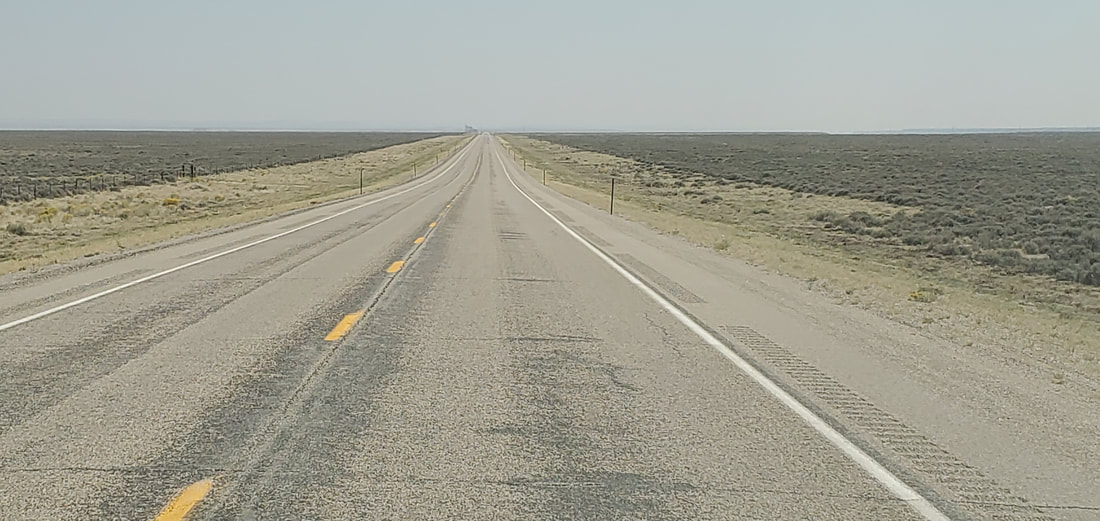
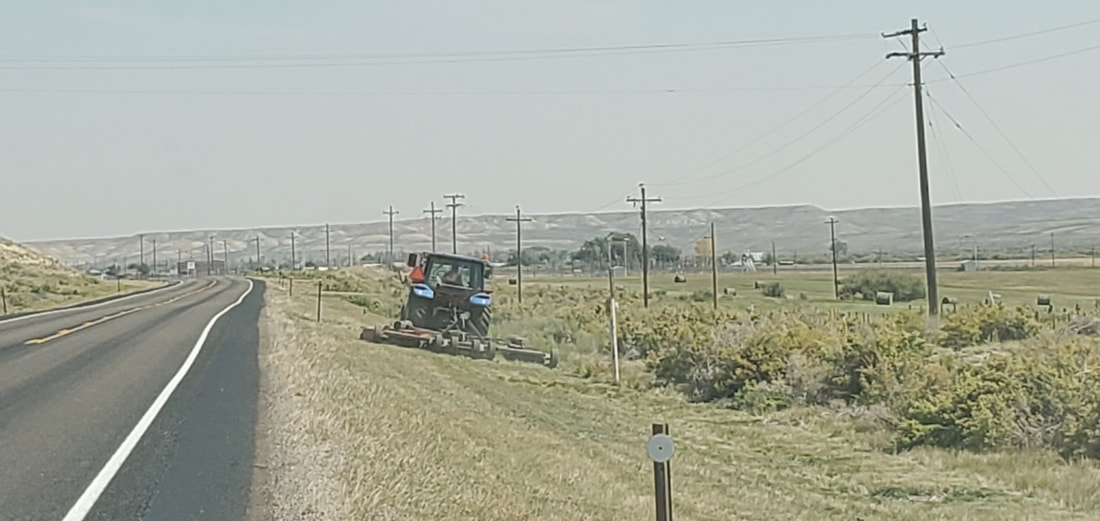
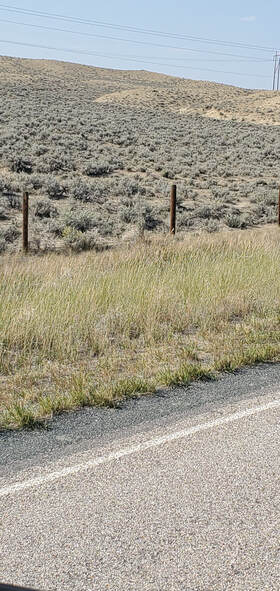

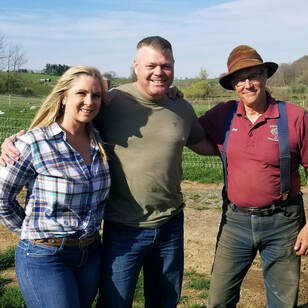
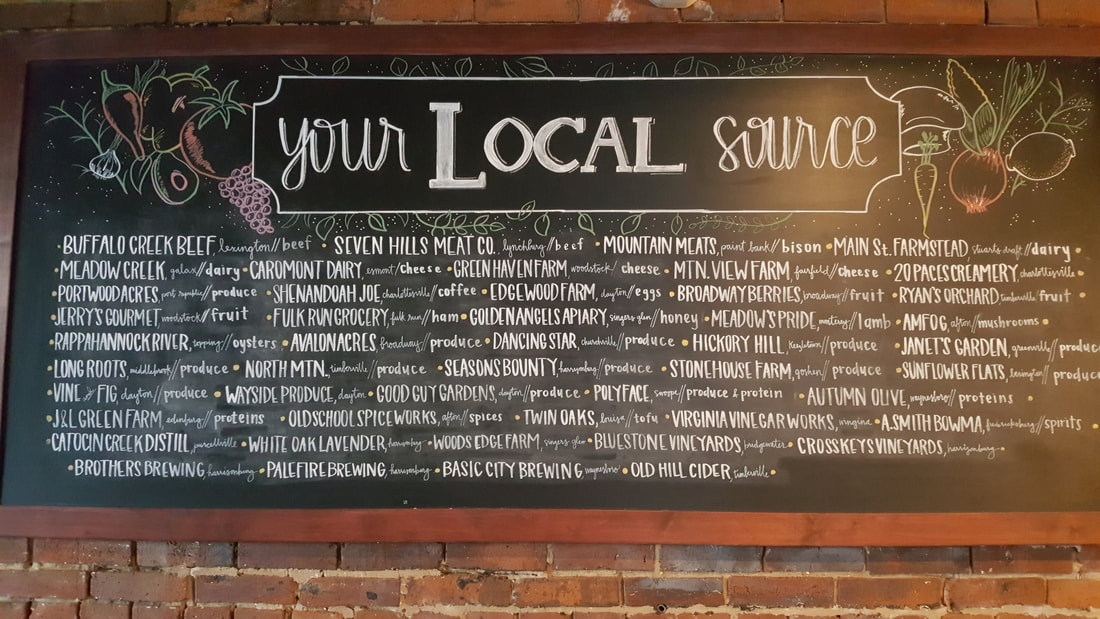
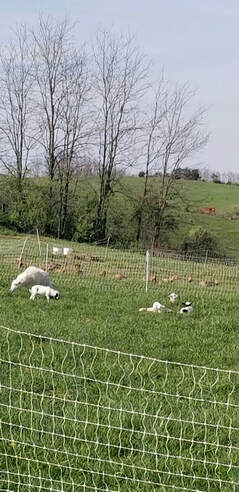
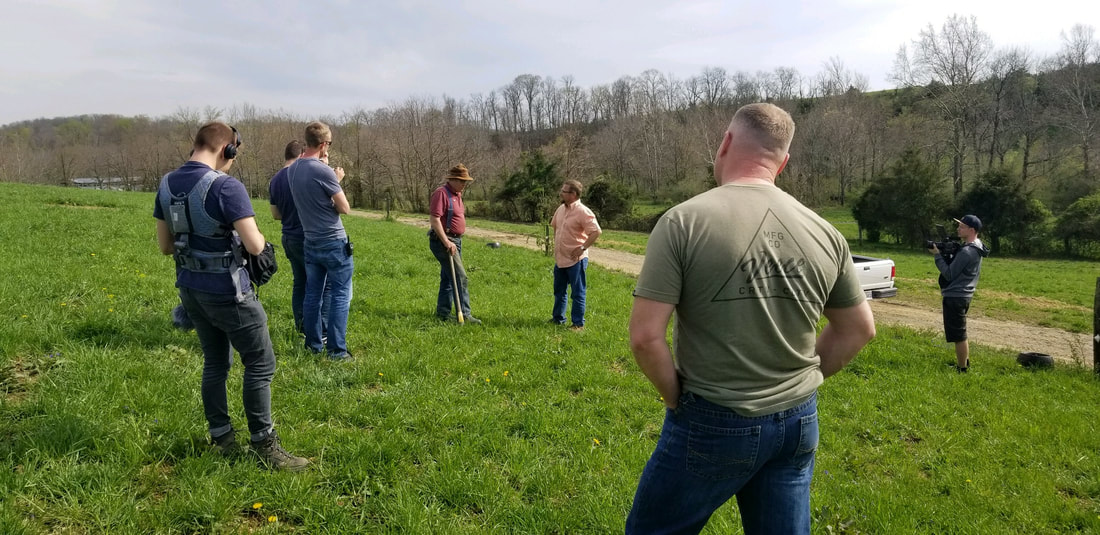

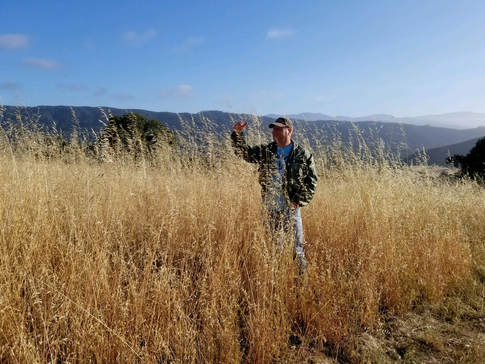
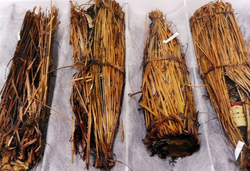

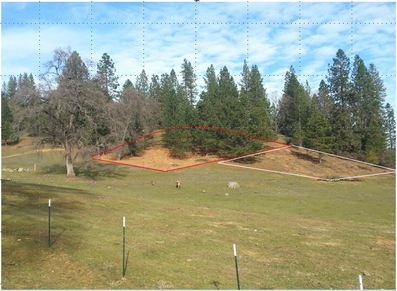

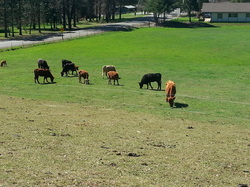
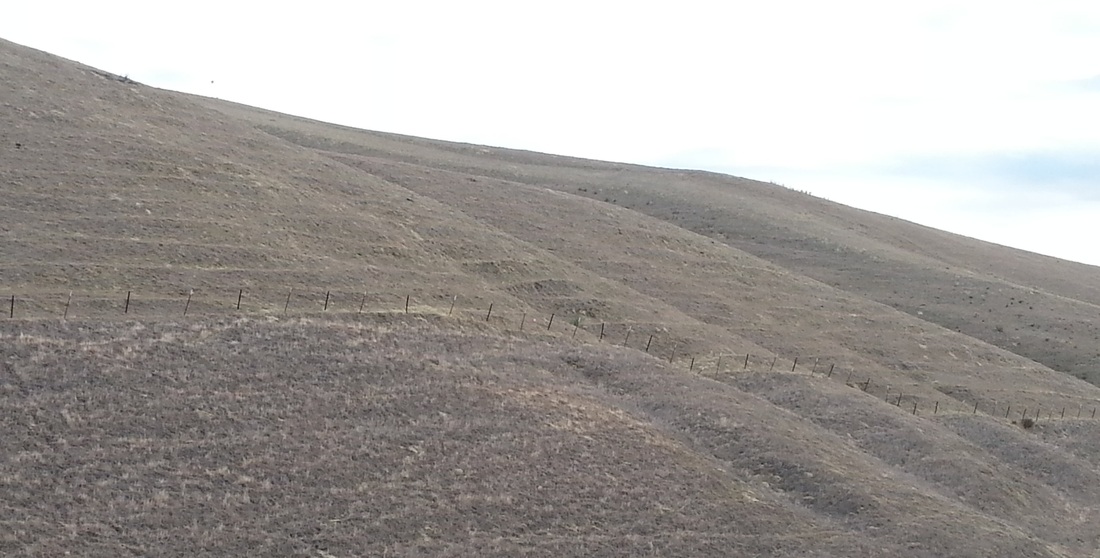
 RSS Feed
RSS Feed